December 2023 will mark the third anniversary of the discovery of SARS-COV2, the virus at the source of the COVID-19 pandemic. It is no less important today to monitor the rapidly changing virus than it was three years ago. In the past three years, tracking the evolution and spread of the disease has proven difficult and costly, especially on a global scale. It has also brought to light a whole new set of innovations. Particularly exciting are the novel applications of wastewater surveillance and their potential to better detect and track diseases for pandemic prevention which demonstrate the power of investing in localized innovations..
The concept is not new. In fact, public health authorities have used wastewater surveillance (WWS) for decades to track polio, cholera, and other infectious diseases often caused by viruses whose genetic signature can be found in human waste and waste water. Waste water surveillance works by sampling wastewater from community sewage and testing for the prevalence of a given pathogen.
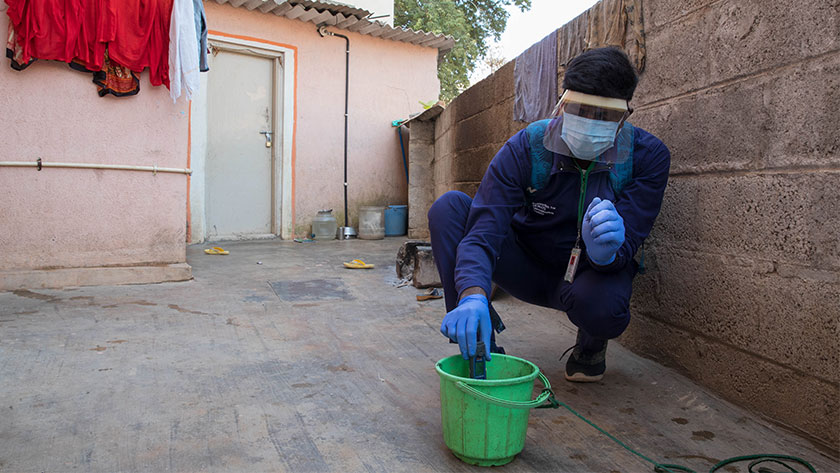
When equipped with this data, public health authorities can better understand disease trends at the community level and make evidence-based decisions to protect populations. In its decades of use though, wastewater surveillance has been tailored for implementation in “sophisticated” sewer systems, typically closed, with controlled environmental variables. This has historically confined its applicability to disease detection and trend monitoring to regions such as the United States and countries in Europe. By design, it has omitted communities, cities, and entire countries that rely on open wastewater sewer infrastructure.
When planning for COVID response in resource constrained situations, evidence-based methods can be scant to guide efficient allocation of resources and prioritization (testing, hospital capacity, targeted lockdowns, immunization), particularly in densely populated urban slums and congested urban pockets. While mass individual testing has benefits, supply is not always available, and tests are expensive, and often inaccessible.
The Precision Health Platform led by Swasti – The Health Catalyst, saw this gap and brought together a coalition of actors from the public, private, academic, and civil society sectors to demonstrate the applicability of WWS for monitoring of COVID 19 and public health decision making in Bengaluru, India. The team wanted to see if the wastewater surveillance experiment by Dutch scientists could succeed in a typical city in India with vastly different context and infrastructure, and if they could do it quickly and economically.
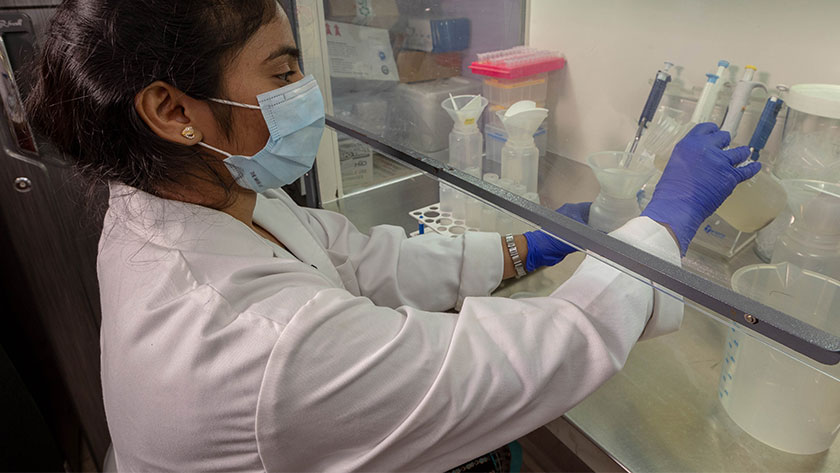
Embracing the Indian concept of Jugaad – problem-solving using limited resources in innovative ways, Precision Health began to experiment with existing tools and materials they had at hand: bottles, an ice box, and protective clothing. Their minimum viable product, easy, cheap to deploy, and scalable uses conventional grab sampling methods with tools such as bucket and rope to draw samples from drains, ice boxes and ice packs for temperature-controlled storage, and motor bikes for transportation. Speed and efficiency are essential, so the team built a digital backbone using off-the-shelf software to connect the drain to a dashboard that maps epidemic waves geo-spatially and temporally at the city level.
The platform used environmental surveillance for both equitable and comprehensive surveillance of the population to gather precise information on the existing stage of disease maturity across communities and to estimate the scale of the approaching threat. This was in contrast to clinical surveillance, which during the peak of the COVID-19 pandemic in Bengaluru excluded a significant proportion of poor and vulnerable communities.
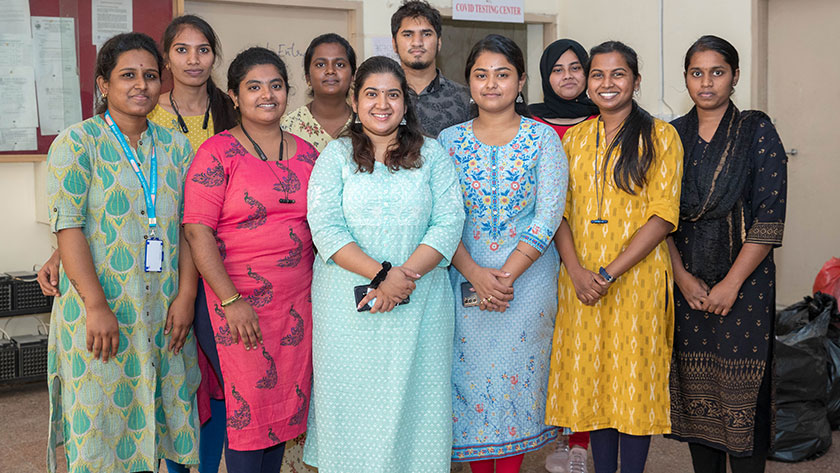
The sample collection sites were located in some of the densest wards of Bengaluru city and for the most part, represented populations living in shanties situated within the city and peri-urban communities on the outskirts of Bengaluru. Thus ensuring that Precision Health platform accounted for some of the most socio-economically vulnerable communities in the city, who were for the most part excluded from the purview of individual testing.
A critical element for success was the integration with existing systems for surveillance of COVID 19 and communication of the science to the health administrators who control and manage COVID response for the city of Bengaluru, the Bruhat Bengaluru Mahanagara Palike Corporation (BBMP). The Precision Health Platform shared findings, assessments, and analysis of sample test results with the BBMP COVID war room where officials gathered and discussed overall surveillance data. BBMP co-owns the surveillance initiative in Bangalore, and regularly applied the Precision Health insights–weekly reports, public dashboards, findings shared on social media, and early warning reports, to shape policy decisions.
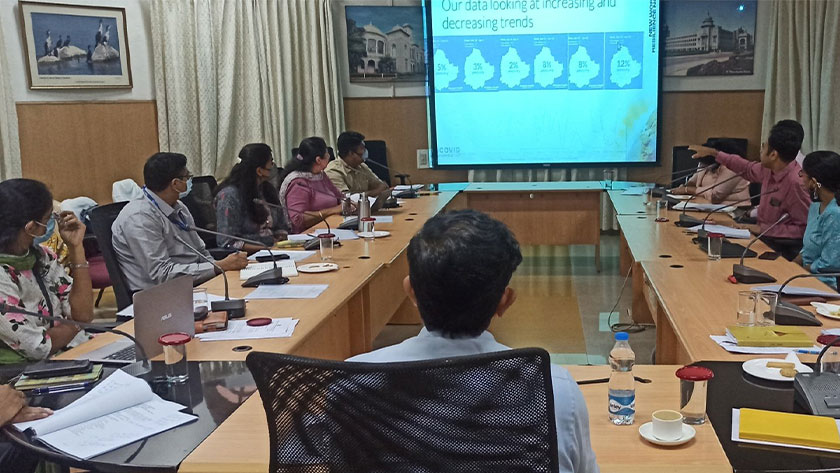
As the municipal decision makers sought to utilize COVID data to inform their policies, wastewater surveillance data was crucial, said Dr. Bhaskar Rajkumar, Head of the BBMP COVID war room in Bengaluru. “We were looking for more data sources and wastewater surveillance came in handy,” said Rajkumar. “We got the data which was required so that we prepare early, and we could contain the spread of the disease much better as compared to the earlier waves.”
The latest early warning signal was reported on 21st May, 2022 showing a spike in the viral load trend in wastewater sample tests. As a result, BBMP initiated a masking mandate and an increase in clinical testing in the city once again.
This demonstrates how the data can facilitate evidence-based decision making, generate and identify inflection points for Public Health inference and communication, inform risk metrics at the community, city and district levels.
After starting with limited sites in Bengaluru and eventually scaled citywide, the group is now building on the successful model to replicate in other regions. Building on significant demand from cities, they launched a nation wide effort for environmental surveillance in India.
The scalability makes it applicable across geographies and use cases. The technology can be adapted to serve as early warning systems for emerging infectious diseases, antimicrobial resistance, Influenza surveillance, and recurrent, illegal, or unhealthy presence of pharmaceutical drugs. The platform has most recently expanded the wastewater surveillance in Bengaluru to include Influenza A, Influenza B, H1N1 and Monkeypox along with continued surveillance of SARS-CoV-2. Once again the shared data are accessible through Integrated Disease Surveillance public dashboard.
As the world reflects on nearly three years of a deadly pandemic, the recent epidemic of monkeypox, the resurgence of polio are stark reminders that we need strong, timely, specific, accurate, and actionable data for effective disease surveillance. WWS is emerging as a valuable addition to the public health surveillance toolkit globally.
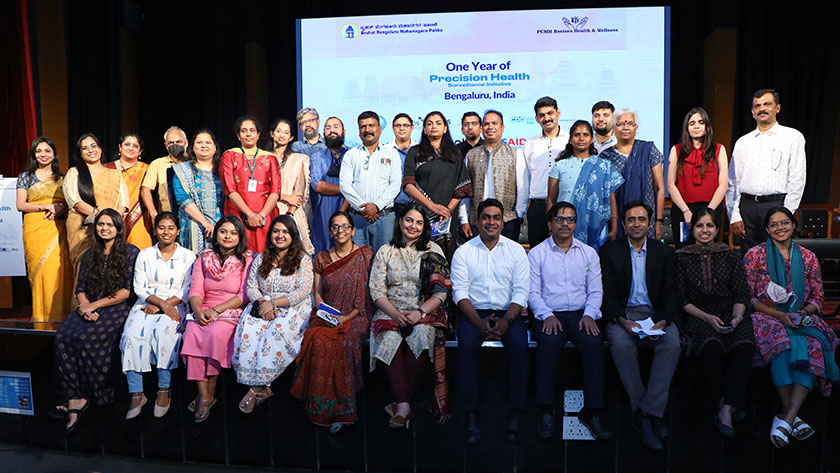
An estimated 1 billion people around the world live in informal urban settlements, concentrated in Asia, sub-Saharan Africa. And while the Precision Health approach has broad applicability, as it is low tech and low cost, this sector has struggled to attract funding from international and domestic actors alike. Similar efforts are happening in the US, at the state and national levels. The CDC National Waste water surveillance system coordinates data collection efforts and issues calls to action from the scientific community.
Here is an opportunity for the global community to make a bold investment–including through mobilization of philanthropic capital–in wastewater surveillance systems to protect marginalized communities.